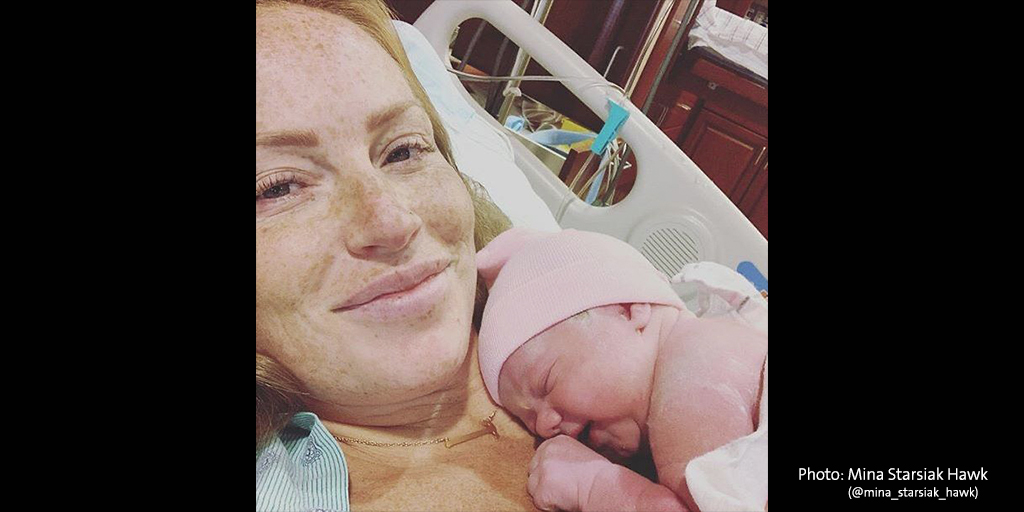Separation Anxiety: Diastasis Recti And Pregnancy

Answer a few questions and we'll provide you with a list of primary care providers that best fit your needs.
Bodily changes during pregnancy can vary widely from the physical to the hormonal over the course of nine months. Mina Starsiak Hawk, star of HGTV’s popular show “Good Bones,” recently revealed that she had been diagnosed with a little-known but fairly common condition known as diastasis recti during her second pregnancy. She delivered a healthy daughter by cesarean section on September 23.
Premier Health Now reached out to certified nurse midwife Melissa Burkhardt, CNM, MSN, of Women’s Health Specialists & Midwives of Dayton to get a better understanding of diastasis recti and how it’s treated.
Essentially, diastasis recti is an abnormal separation of the right and left abdominal muscles that are known as rectus abdominis. These muscles, which connect at the middle part of your stomach, make up the “six-pack” area of the abdomen. They can become separated as the uterus expands throughout the course of pregnancy.
An Uncommon Name For a Common Condition
“Though it’s not generally known just how prevalent it is, most women can expect to have some degree of muscular separation in the third trimester,” says Burkhardt. “Diastasis recti should actually be considered normal and expected during a pregnancy. It doesn’t pose any harm or threat to a mother or her unborn child, but the weakening or instability of the core may contribute to some pelvic and back pain.”
The effects of diastasis recti are not necessarily permanent. Burkhardt says that exercises can help with healing in the postpartum setting. She advises women to consider a course of physical therapy to strengthen their abdominal and pelvic muscles.
“I recommend healthy women stay physically active and exercise during pregnancy. However, traditional core exercises should be avoided until the abdominal muscles have come back together after birth,” says Burkhardt. “Physical therapy can be very helpful to strengthen the core and assist in healing of the separation after birth.”
In some cases, surgical repair may be considered an alternative to repair the effects of diastasis recti, so it’s important for a woman to talk with her provider and understand her options. For many women, the issue will resolve itself within six months after giving birth.
Answer a few questions and we'll provide you with a list of primary care providers that best fit your needs.
Sources: Melissa Burkhardt, CNM, MSN, Women’s Health Specialists & Midwives of Dayton





